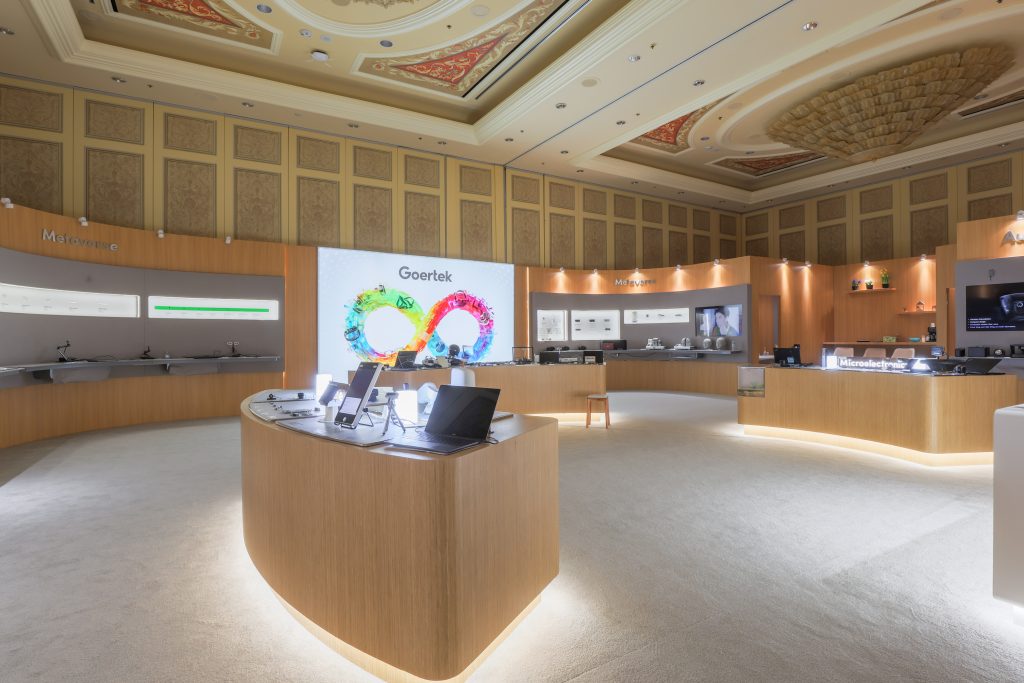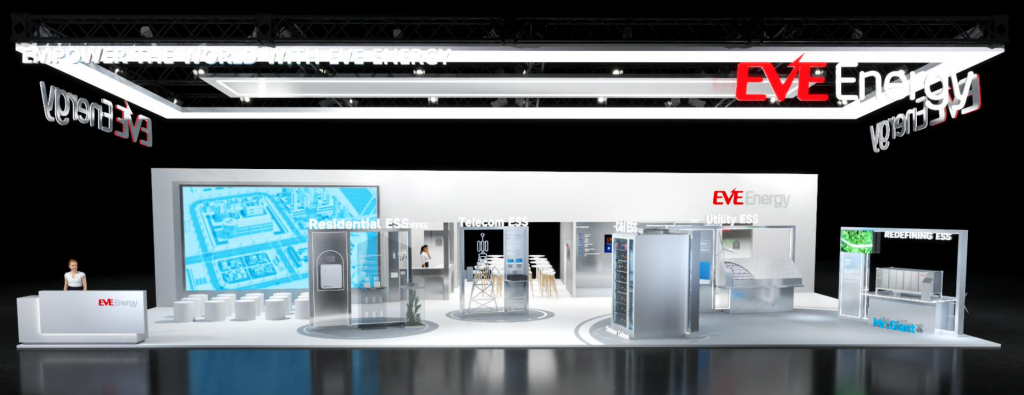
Avoid surprises & maximize impact
- Understand the standard U.S. trade show booth process
- Identify key logistical and budgetary considerations
- Gain practical insights on booth design best practices
Exhibiting in the U.S. offers international brands a unique opportunity to showcase their products and services to new audiences. If it’s your first time, it’s important to understand how U.S. trade shows differ from those in Europe or other regions.
European trade shows often feature rows of office-like shell schemes with walls, fascia, name boards, carpets, lounge furniture, and sometimes functional kitchens. In the U.S., the overall strategy is similar, but the aesthetics differ significantly: booths are often arranged in streamlined rows, with sightlines unbroken from one booth to the next.
These differences present **logistical and budgetary challenges** that should be addressed early in the planning process.
Understanding the Standard U.S. Trade Show Booth
Our lookbook demonstrates how easy it can be to engage visitors using graphics and digital displays—even on a budget.
U.S. trade show organizers usually provide baseline packages for booths, with options for size and location varying by show. Common booth types include:
- In-line booths: Arranged in a straight line, usually with one open side. Budget-friendly but design-restrictive.
- Perimeter booths: Along the outer walls, with higher back walls allowing more design flexibility.
- Peninsula booths: At the end of an aisle, open on three sides for greater visibility.
- Island booths: Open on all four sides, maximizing visibility and traffic.
Typical in-line booth sizes are 3m × 3m or 3m × 6m (10′ × 10′ or 10′ × 20′), often including a table, chairs, and carpet. Keep in mind that high side walls are usually restricted to preserve sightlines.
Unlike European hard-shell booths, U.S. booths often use pipe-and-drape systems—metal frames with neutral back curtains and side drapes. Graphics behave differently on these surfaces, so coordinate with your organizer or exhibit partner.
Quick tip: Raised floors are uncommon in the U.S., and adding one increases material handling costs.
Selecting a Booth
When renting or purchasing a U.S. booth:
- Convert measurements from metric to imperial (inches/feet) if printing graphics on-site.
- Consider renting booths—many rental companies offer turnkey solutions and multi-city tour support.
- European-style hard-shell booths are available but more expensive and subject to sightline rules.

Best Practices in Booth Design
Even rental booths can be customized to reflect your brand. Key tips:
- Be consistent: Stay true to your brand identity. A non-American look can stand out positively.
- Be direct: Communicate clearly what your company does—attention spans are short.
- Be unique: Use bold colors and digital elements that attract visitors while staying on-brand.
- Look up: Overhead signage adds vertical interest, but requires rigging and extra costs.
- Look down: Carpet may be provided, but not always—plan accordingly.
- Be prepared: Consider storage, meeting space, and power requirements in your design.
Getting It Right
U.S. trade shows provide great opportunities, but **expectations and logistics differ**. Don’t assume your current strategy will work internationally.
Partnering with an experienced local exhibitor can help you:
- Navigate logistical challenges
- Stay within budget
- Focus on achieving your brand goals
With proper planning, you can enjoy a stress-free experience while maximizing your trade show impact.

Want more?
Reach out and let us know how we can help.

